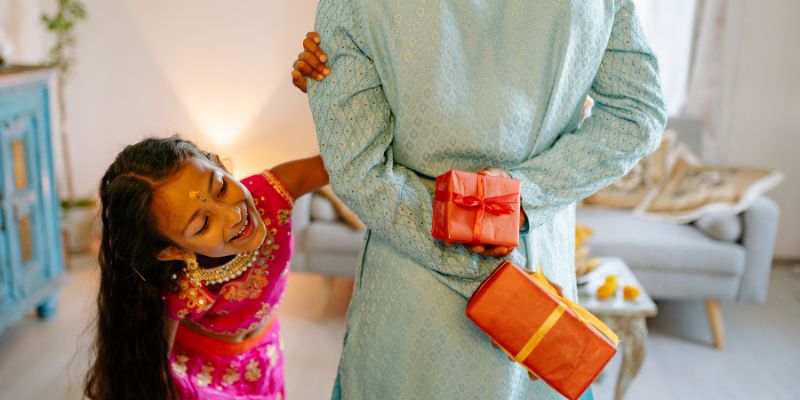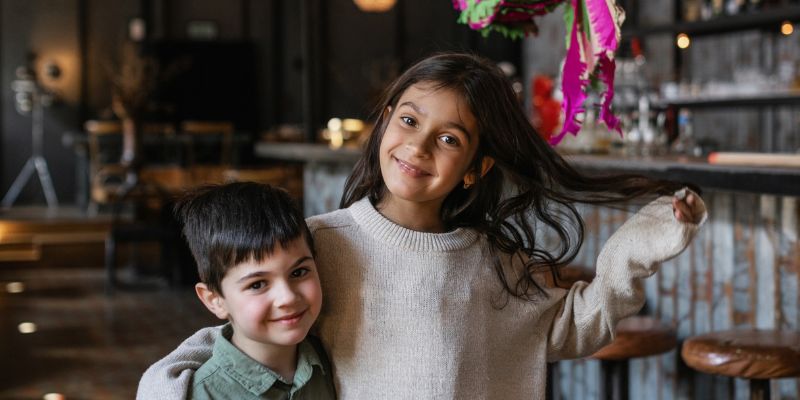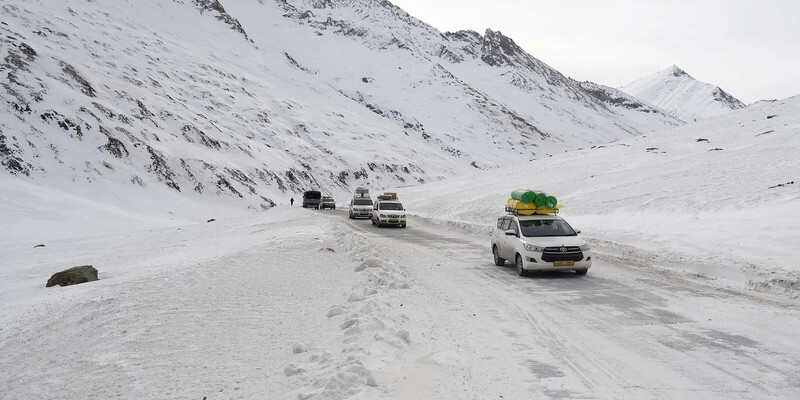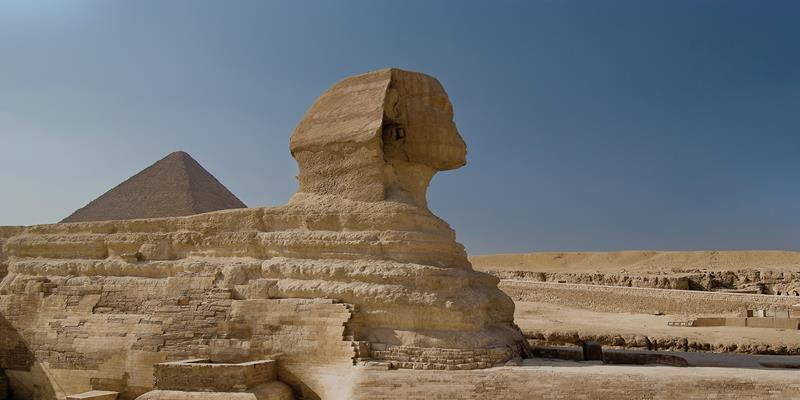Why do we celebrate Bhai Duj? Bhai Dooj in India is a great way to celebrate the love between a sister and his brother. It is important to pray and fast for the brother's long life, whereas brothers buy presents for the sisters.
It is believed that people were inspired by the stories of Lord Krishna and Yamraj, and it became a part of the Indian culture. It signifies long life, prosperity, warding off evil spirits, and unconditional love between the siblings.

Why Do We Celebrate Bhai Duj?
Having a brother is no less than a privilege. So why not celebrate this precious bond between a brother and sister? Bhai Dooj is a special occasion celebrated on the second day of Diwali, linked to some past stories.
Bhai means brother, and Dooj refers to the second day of the full moon. The celebration makes the bond stronger and the love purer between the siblings. The sisters pray for their brothers, who promise to safeguard them.
Bhai Dooj is usually celebrated on the second day of Shukla Paksha in Kartik. That means it is usually between October and November. Bhai Dooj 2023 will be observed on 15th November, and Bhai Dooj 2024 on 3rd November.
History of Bhai Dooj
Two important stories tell about the origin of Bhai Dooj. It is believed that after killing Narkasura, Lord Krishna went to his sister's place. His sisters welcomed him warmly. She applied Tikka and treated him with delicious sweets and beautiful flowers. After that, the story became an annual event celebrating love between a sister and a brother.
Another story that led to the origin of Bhai Dooj is about Yamraj and Yamuna. One day, Yamnaj, the lord of death, visited his sister after a long time. His sister, Yamuna, was very happy to meet her brother. Hence, she welcomed his brother with sweets and put a tika on his forehead.
Yamraj then announced that Bhai Duj would be celebrated. He also said that those who celebrate it, their brother or sister, will live long lives. So that is another reason why Bhai Dooj became an important part of Indian culture.
Bhai Dooj Celebration and Significance
On the special day of Bhai Dooj in India, sisters light up a diya and pray for their brothers. On the other hand, brothers also say prayers for their sisters and give them presents. The occasion not only signifies the sibling's bond but the whole family's as well.
The brothers also go to the married sisters' place to celebrate this special day. And the sisters prepare delicious food and sweets for them. Also, it is an important tradition to apply Tikka on the forehead of the brothers.
If a girl has no brother, she worships the moon and applies mehndi to the girls. Also, if a girl's brother lives far away, she sends him prayers and wishes. Performing arti on this special day of Bhai Dooj is also a norm. That's the reason why Hinu kids call Moon Chadamama. Chanda is for the moon, and Mama is their mother's brother.
However, the customs and practices of Bhai Dooj vary in different regions of the country. In West Bengal, it is called Bhai Pota. People call it Bau Bheej and Yama Dwitiya in Maharashtra in southern India.
It is a great way to show love and affection to your brother. Brothers are always there to protect and assist their sisters, so why not treat them nicely? Why not devote the whole day?
The Bhai Dooj day increases love between the brother and his sister. The bond between them is strengthened. It is also a custom that sisters observe a fast for their brothers as they wish for their prosperity and long lives.

Regional Significance
Bhai Dooj in India is celebrated differently in different regions of the country. Each tradition symbolizes something important. Let's look at how people celebrate Bhai Dooj in their own way.
Uttar Pradesh:
In Uttar Pradesh, the sister gifts their brother an aabf. Aabf is a circular flax with sugar batashas on it. It is a norm to apply tika on the forehead of a brother. They also narrate the Bhai Dooj story to ward off the evils.
Punjab:
In pujab Bhai Dooj is known as tika. The sisters prepare tika, a paste of rice and saffron, which symbolizes warding off evil from the brothers' life.
Bengal:
The Bhai Dooj celebration in Bengal is quite similar to the other regions. Bengali people call it Bhai Phonta. Sisters observe fast for their brothers and apply a phonta mark on his forehead.
Bihar:
In Bihar, sisters curse their brothers to ward off the harm and evils of the brother's lives. After this, the sister pricks her tongue as a punishment and prays for her brother. They also feed their brothers with grains and water.
Maharashtra:
Brothers have to sit on the floor in a square after eating a bitter fruit, Karith. It is said that Krishna ate this fruit when he went to kill the demon king, so it became part of the tradition to do the same.
Nepal:
Nepal has no special traditions as they are similar to the Indian ones. The brothers have to gift beautiful things to their sisters. It is interesting to know that Bhai Dooj is considered the second most important event in Nepal.
Haryana and Gujrat:
The people of Haryana and Gujrat call this event Bhai Bij. The brothers and sisters unite, and the family spends quality time together. They also invite their friends and relatives to join the celebration. The delicious food is cooked, and gifts are exchanged between siblings.
Conclusion
Bhai Dooj is a famous occasion celebrated in different regions of India, like Nepal, Maharashtra, Punjab, Bengal, and Bihar. It originated from the story of Lord Krishna when he killed the demon king, and his sister welcomed him with sweets and prayers.
The story of Yamraj and Yamuna is also a significant historical event that made Bhai Dooj an important part of Indian customs. Sisters fast for their brother and prays for them. The brother promises to safeguard their sisters in return.




